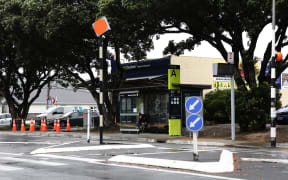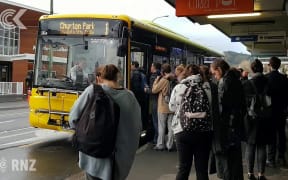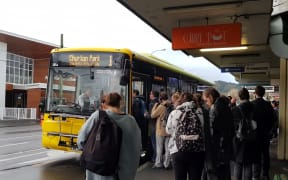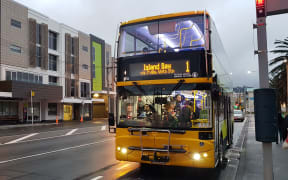An independent review into Wellington's troubled bus network has revealed a raft of failings from the regional council.
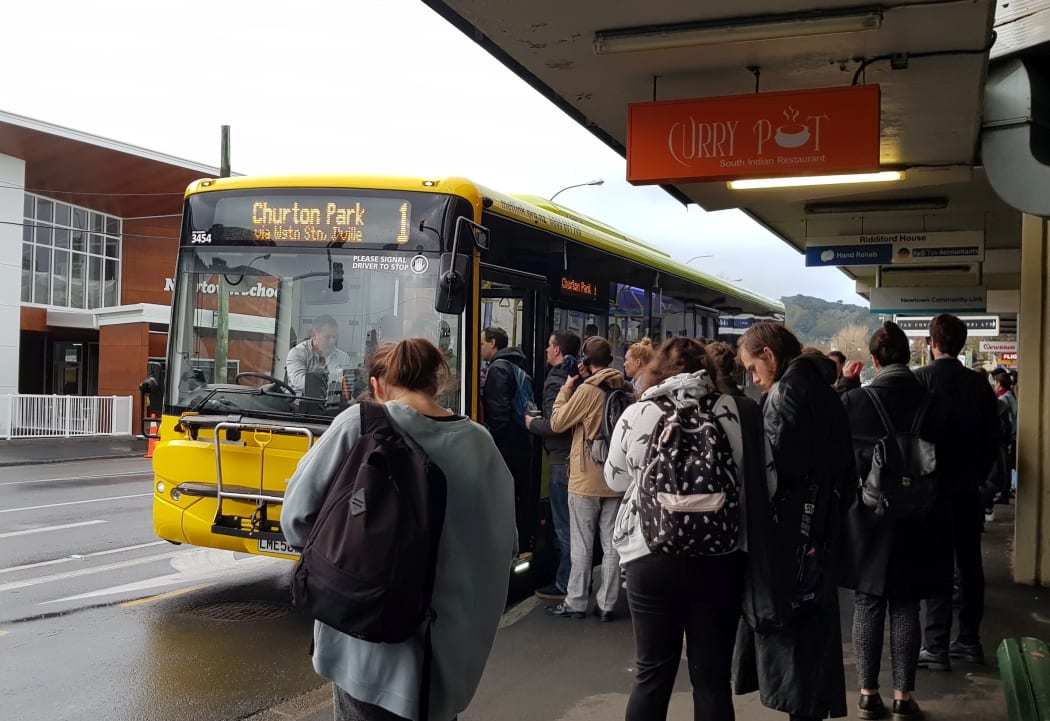
The new routes weren't tested because the council did not believe it would give an accurate picture of how they would run. Photo: RNZ / Emma Hatton
It came after the new bus network, launched in July across Wellington city and the Hutt Valley, resulted in buses being late or never showing up, overcrowding, and a loss of access to buses for some people.
The problems with the new network were mainly felt in Wellington city.
The review, carried out by L.E.K. Consulting Australia, was done by speaking to senior regional council staff, and contractors, as well as bus operators, and the Wellington and Hutt City councils.
It also looked at council documents and data.
It found the team in charge of getting the service up and running, including the programme team and public transport team, did not have the capability to see the changes through.
Late last year, 11 people were hired, but, the report said that "at this point, the programme was well into delivery mode, and the project was already over-budget".
Councillors were not given enough information, the report said. They were given summarised information at a high-level, so they did not know about smaller milestones at a local level.
They were warned in August 2016 by council staff that the risk of rolling everything out at once - new fleets, new operators, a new network, and a new ticketing system - was high risk, and had a 'major' impact rating, but chose to do so regardless to save money, and to ease disruption.
They relied on bus companies to be transparent about how ready they were for the roll-out, which meant they were late to find out how serious some problems were.
This included one bus company saying it had a shortfall of 110 drivers two months before the new network launched, but that it would have enough come July, and still being 70 to 80 short at the time.
The new routes weren't tested because the council did not believe it would give an accurate picture of how they would run.
'Teething problems'
Since the launch of the network, passengers had been complaining that the bus hubbing concept was not working, because the timetables meant long waits for connections, or buses leaving before passengers could transfer on to them.
The process to get bus hubs built before the new network rolled out did not start early enough, the report said, and the project's timeline didn't allow enough time for consultation with the city council, or utility providers.
A long commercial negotiation with a key operator did not leave enough time for that bus company to get a new fleet in time.
That bus company was forced to use a fleet where 10 percent of its buses were smaller than they should have been.
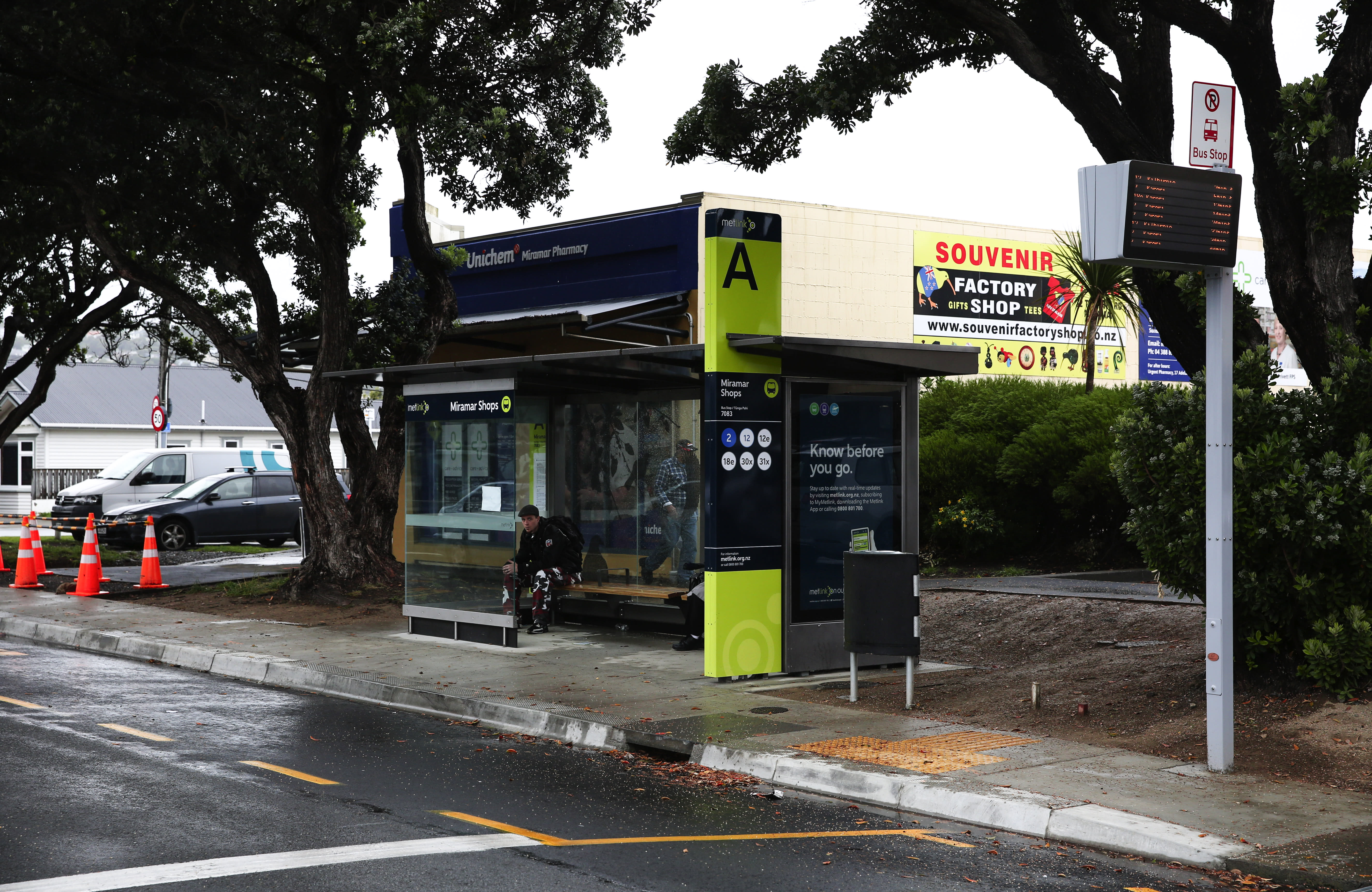
The Miramar bus hub in Wellington. Photo: RNZ / Richard Tindiller
Earlier this year it was reported that buses on the number 3 route, run by NZ Bus, were too small.
The report said while most of the programme was delivered successfully, and on time, several aspects were delivered late, or at a low standard.
It said the regional council and the bus companies were proactive in looking at ways to minimise the impact on bus-users, but the council was too slow to act when it became clear the network was not working as it should.
Councillors were told by staff it was just "teething problems".
However, once issues were found, action was quickly taken. The council had changed the network where it could to make it better
Greater Wellington Regional Council chair Chris Laidlaw said progress against the report's findings was well underway.
The council had already identified many of the issues highlighted, but Mr Laidlaw acknowledged the council had fallen short in some areas when putting the network in place.
"Since July we have been listening and working closely with community groups and operators to increase services, adjust timetables, ensure the right size bus turns up, provide better data and information to the public, and put things right," he said.
The report acknowledged that key performance metrics demonstrated ongoing and sustained improvement.
Punctuality improved from 86 percent to 93 percent, reliability increased from 94 percent to 99 percent, and correct bus size performance rose from 66 percent to 80 percent.
The review, commissioned by Greater Wellington and the New Zealand Transport Agency (NZTA), looked at the implementation of the new network, and not the design behind it.
Chris Laidlaw said that and other aspects would be covered in a later stage of the review.

